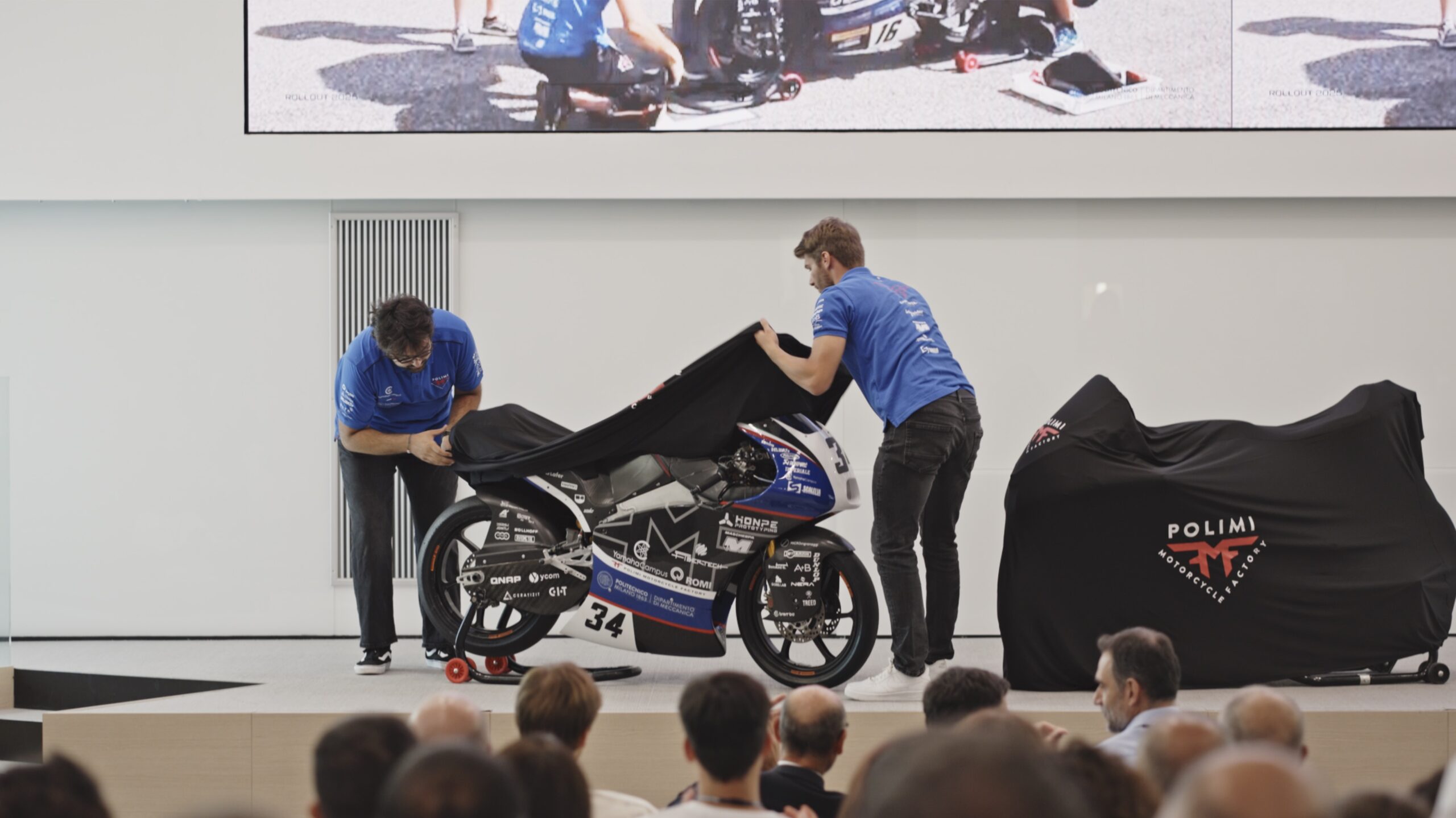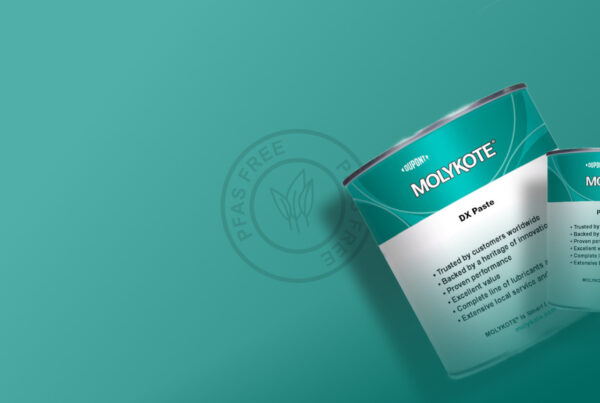Mascherpa at the rollout of prototypes PoliMi Motorcycle Factory
Key Points
- The 2025 rollout of the PoliMi Motorcycle Factory was presented at Politecnico di Milano Bovisa with the two new prototypes: Tosa (combustion) and Bambara (Electric).
- Innovations include design, lightening of structures, electronic battery management, and track performance optimization.
- The partnership between PoliMi Motorcycle Factory and Mascherpa is an example of a virtuous dialogue between university and industry, combining training and practical applications.
- Mascherpa contributed composite materials, thermal management, lubricants, and adhesives to make the prototypes lighter, more reliable, and better performing.
- The motorcycle becomes an experimental laboratory for students, who have the opportunity to work with advanced industrial solutions typical of automotive and electronics.
- With the Mascherpa Next project, the company confirms its commitment to supporting young engineers by fostering innovation and technical know-how transfer.
On September 19-20, 2025, at the Bovisa campus of Politecnico di Milano, the official rollout of the 2025 prototypes of the PoliMi Motorcycle Factory. An eagerly awaited event that celebrates the passion, ingenuity and determination of a team of students ready to bring new racing motorcycles to the track, the result of months of research, design and experimentation.Mascherpa participated in the event as main sponsor and technical partner, confirming its willingness to support university and youth projects that combine innovation, talent and a desire to test themselves in the field.
The prototypes exhibited by the PoliMi Motorcycle Factory.
During the presentation, the team’s two new models were unveiled: Tosa (Combustion) and Bambara (Electric).
Compared to the previous prototypes, Tatanka and S.T.U.K.A., significant progress has been made both aesthetically, with lines that are increasingly close to those of production motorcycles, and in terms of engineering. The solutions introduced concern in particular the reduction of the overall weight, the optimization of performance and the integration of new electronic systems for the management of the battery pack and energy flows.
In recent weeks, the team has taken part in the Italian Moto3 Speed Championship with the Tosa bike and in the MotoStudent International Competition in Aragón with the Bambara electric bike, achieving great results and confirming the solidity of the technical path undertaken.
A collaboration combining university and technical expertise
The partnership between PoliMi Motorcycle Factory and Mascherpa is a virtuous example of how the university can dialogue with industry.
Support is not limited to the supply of materials. Mascherpa provides the team withtechnical advice and a wealth of experience gained in complex industries such as automotive and electronics. In this way, students can experiment with cutting-edge solutions, applying theoretical knowledge to concrete scenarios.
The motorcycle thus becomes a veritable open-air laboratory, where innovative ideas meet state-of-the-art industrial products, accelerating the
training of future engineers.
Materials and technologies in the service of performance
To meet the challenges of a competition bike, the team was able to rely on a range of advanced solutions provided by Mascherpa:
- Structuralcomposites: essential for lightening the vehicle without compromising stiffness and mechanical strength. The choice of advanced laminates and resins allows the overall weight to be reduced, increasing agility and speed on the track.
- Thermal managementsolutions: essential for proper heat dissipation in the critical environment of electric motion.
Coatings, thermal conductive pastes e encapsulation resins ensure the stability of electronic systems and the battery pack. - Lubricants high-performance: designed to withstand extreme stress conditions , they ensure reliability and continuity of operation in organs subject to high friction and varying loads.
- Adesivi and sealants: used for structural bonding and fixings in critical areas, they contribute to the overall strength of the prototype.
These solutions not only address immediate design needs, but also allow students to understand how typical materials and technologies from industry can be adapted and integrated into a high-performance experimental design.
A collaboration toward the future
Participation in the 2025 prototype rollout does not represent a finish line, but a stage in a journey that continues. With Mascherpa Next, the company
renews its commitment to supporting young talent, sharing with them products, know-how and an expert industrial vision that looks
at innovation.
To find out about Mascherpa’s other partnerships check out the page Mascherpa Next on our website, while if you are interested in the types of products used and their applications contact our Mascherpa experts.






